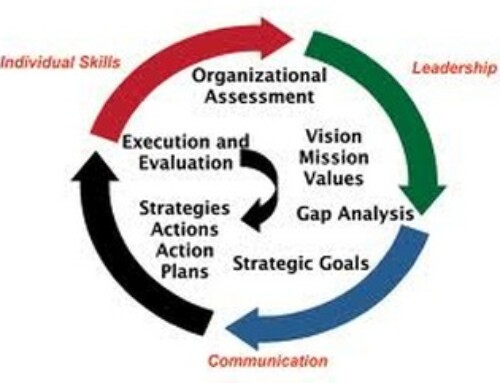I have been writing a lot about edutizing lately and have been offering several methods for attracting new customers with educational pieces containing relevant, timely information consumers are interested in. We talk a lot about how it is very important to share local market statistics to consumers to help them understand the ins and outs of the marketplace. Importantly, by sharing this imformation agents and real estate associations can reinforce their position as local experts.
Greg Sax, Communications Manager for the Minneapolis Area Association of REALTORS and a new venture called 10K Research and Marketing offered some great advice about how to use video to help consumers better understand how their local market is performing.
He offers some great words of advice for those interested in producing video to share local market statistics:
“We’ve been doing our own monthly videos for the last year under the banner “The Skinny,” which shares a name with our blog. You can see them here, including the one we just finished yesterday. We’re looking into a permanent vendor, but YouTube is working out for now because of how easy it is for others to take our videos and widgetize them on their own websites, in their blogs, and on their Facebook accounts. One of the largest brokers, Edina Realty in our market does this every month:
We also put up the .mpg versions because we’ve learned that some brokers use the videos as part of Tuesday office meetings and they like to show the high-quality version.
We’ve learned a few things since going video, and I thought I’d share some of our experiences. In a nutshell, videos should:
1) be short
2) be shareable
3) be local
4) be relevant
We’re finally down under 3 minutes per video, and our focus groups are telling us they’re still too long. The Atlanta videos were very well-produced but excruciatingly long by Internet standards. We’re finding that people don’t watch videos online the same way they’re willing to watch television. We think too many people try to turn YouTube into TV. Heck, we’re probably still guilty of it. We’re definitely still learning (aren’t we all?), and we’ve explored Viddler, Vimeo, and personalized Flash-based players, among other options.
It is wise to have an authoritative voice doing the talking because that adds an additional layer of trust to the proceedings. In our videos, we use our elected leaders as narrators. And that’s an important distinction: “narrators.” We give them a little bit of visual love at the beginning, because we sincerely appreciate the time they donate to do the work, but then we let the graphics do the talking while they become a voice telling the story. Our members have told us that they want to be able to use these videos as marketing tools, and thus they don’t want too much of someone else’s face on the screen. It’s a balancing act, for sure, but so far so good.




